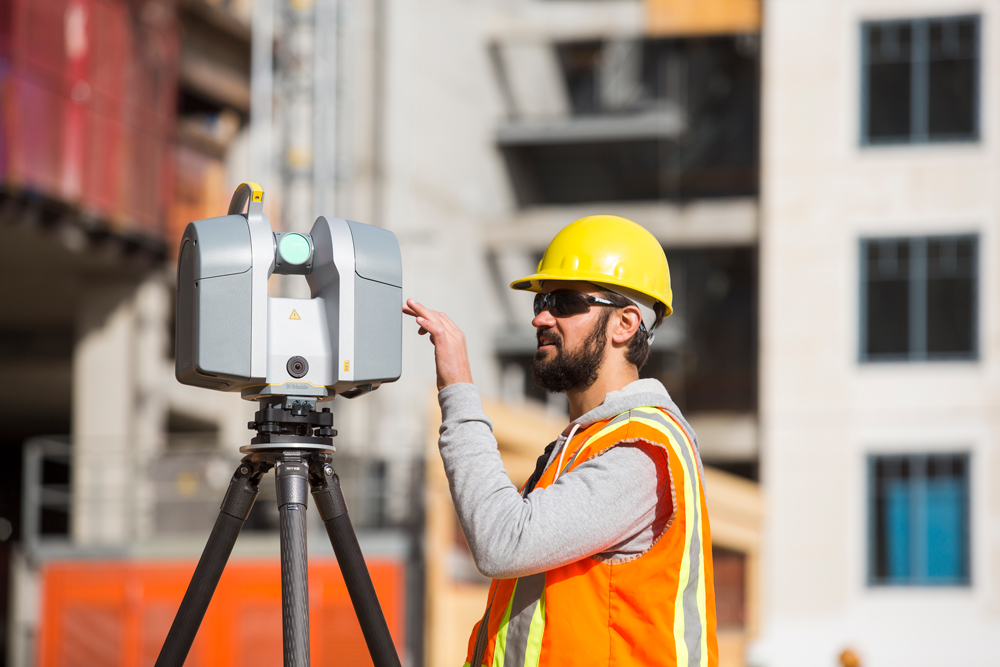In the realm of modern technology, laser scanning has emerged as a game-changer across various industries. This advanced technique utilizes laser beams to capture precise measurements and create detailed 3D models of objects, environments, and structures. Whether it’s used in construction, manufacturing, or heritage preservation, laser scanning offers unparalleled accuracy, efficiency, and versatility. This article delves into the numerous benefits of laser scanning, illustrating why it has become an essential tool for professionals seeking to enhance their projects and processes.
1.Unmatched Accuracy and Precision
One of the most significant advantages of laser scanning is its ability to capture extremely accurate and precise measurements. Traditional measurement methods often rely on manual processes, which can be prone to human error. Laser scanners, however, use high-frequency laser beams to gather millions of data points within seconds, ensuring that every detail is accurately recorded. This level of precision is crucial in industries like construction and manufacturing, where even the smallest discrepancies can lead to costly mistakes.
2.Time Efficiency
Laser scanning dramatically reduces the time required for data collection and analysis. Traditional surveying and measurement methods can be time-consuming, often requiring multiple site visits and extensive manual labor. Laser scanners, on the other hand, can capture comprehensive data sets in a fraction of the time. This efficiency allows professionals to complete projects faster, reduce downtime, and allocate resources more effectively.
3.Comprehensive Data Collection
Laser scanners collect an immense amount of data in a single scan, creating highly detailed 3D models known as point clouds. These models provide a complete representation of the scanned object or environment, capturing intricate details that might be missed with traditional methods. This comprehensive data collection is invaluable for various applications, from building information modeling (BIM) in construction to reverse engineering in manufacturing.
4.Versatility Across Industries
Laser scanning is a versatile tool that can be applied across a wide range of industries. In construction, it aids in site surveys, design verification, and as-built documentation. In the automotive and aerospace sectors, it supports quality control and reverse engineering. Additionally, laser scanning plays a vital role in preserving historical sites and artifacts by creating accurate digital replicas. Its adaptability makes it a valuable asset for professionals in diverse fields.
5.Enhanced Safety
Safety is a top priority in many industries, and laser scanning contributes significantly to creating safer working environments. By using laser scanners, professionals can collect data from hazardous or hard-to-reach areas without physically accessing them. This reduces the risk of accidents and ensures that critical measurements can be obtained safely. In construction, for example, laser scanning can be used to assess structural integrity without endangering workers.
6.Cost Savings
While the initial investment in laser scanning technology may seem significant, it often leads to substantial cost savings in the long run. The accuracy and efficiency of laser scanning reduce the likelihood of costly errors and rework. Additionally, the ability to capture comprehensive data in a single scan minimizes the need for multiple site visits and manual measurements, saving time and labor costs. Overall, laser scanning offers a cost-effective solution for many industries.
7.Improved Collaboration and Communication
Laser scanning facilitates better collaboration and communication among project stakeholders. The detailed 3D models generated by laser scanners provide a visual representation of the project, making it easier for team members to understand and discuss complex designs and plans. This improved communication helps ensure that everyone is on the same page, reducing misunderstandings and enhancing overall project coordination.
8.Digital Documentation and Archiving
The digital nature of laser scanning data allows for easy documentation and archiving. The 3D models and point clouds can be stored digitally, providing a permanent record of the scanned object or environment. This digital documentation is invaluable for future reference, maintenance, and renovation projects. In heritage preservation, for example, digital replicas of historical sites can be archived for future generations, preserving their cultural significance.
9.Support for Advanced Technologies
Laser scanning integrates seamlessly with other advanced technologies, enhancing its capabilities and applications. For instance, it can be combined with BIM software to create detailed digital models for construction projects. In manufacturing, laser scanning data can be used in conjunction with computer-aided design (CAD) software for precise product development and quality control. This compatibility with cutting-edge technologies ensures that laser scanning remains a relevant and powerful tool in the modern era.
10.Eco-Friendly Solution
Laser scanning is an environmentally friendly solution that plays a crucial role in promoting sustainable practices across various industries. Traditional surveying and measurement methods often rely on significant physical resources, such as paper for plans and documentation, and require multiple site visits, which contribute to fuel consumption and increased carbon emissions. In contrast, laser scanning dramatically reduces the need for these resources by capturing precise, digital data in a single visit.
The efficiency of laser scanning not only minimizes the number of trips needed to a site but also reduces the time spent on data collection and analysis. This efficiency translates to lower energy consumption and less waste, as the highly accurate data gathered eliminates the need for rework and resource-intensive corrections. Furthermore, the digital nature of laser scanning means that all information can be stored and shared electronically, reducing the dependency on physical copies and further cutting down on paper waste.
By optimizing resource usage and decreasing the carbon footprint associated with traditional methods, laser scanning supports sustainable project management. It enables industries to achieve their goals more responsibly, contributing to environmental conservation while maintaining high standards of accuracy and efficiency.Laser 3D scanning in Dubai has revolutionized the way professionals approach measurement, data collection, and analysis. Its unparalleled accuracy, efficiency, and versatility make it an indispensable tool across various industries. From enhancing safety and collaboration to supporting advanced technologies and sustainability, the benefits of laser scanning are far-reaching. As technology continues to evolve, laser scanning is poised to play an even more significant role in shaping the future of countless fields, offering innovative solutions to complex challenges.





